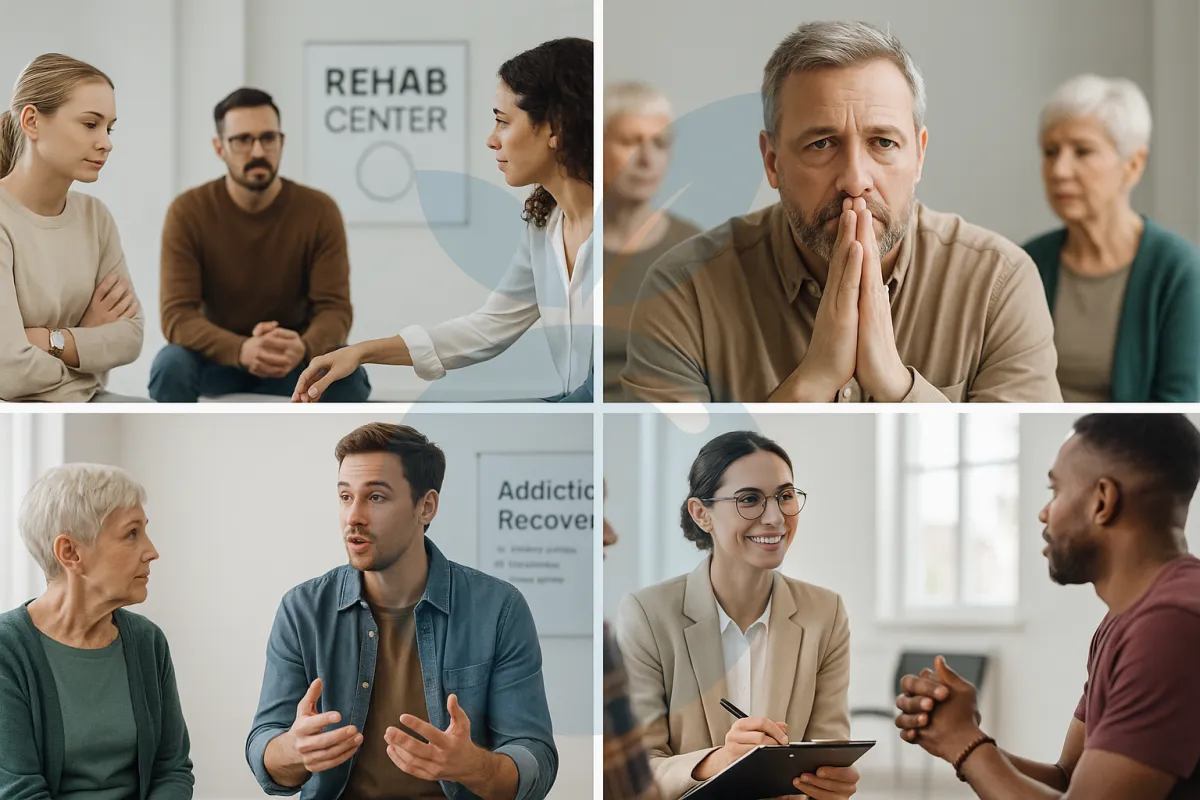
Addiction in Los Angeles: Trends, Challenges, and Community Resources
“Addiction in Los Angeles: Trends, Challenges, and Community Resources.” - Adam C.
Addiction is not just a personal struggle - it is also shaped by place, culture, and community. Los Angeles is a vibrant, diverse, and sprawling city. It’s home to world-famous entertainment, rich cultural traditions, and enormous wealth. But like many urban centers, it also faces deep challenges related to substance use and addiction.
From the opioid epidemic to methamphetamine resurgence and fentanyl overdoses, LA reflects both national trends and unique local dynamics. Homelessness, mental health crises, and social inequalities further complicate this landscape.
Yet Los Angeles also has an extensive network of treatment providers, harm reduction programs, support groups, and community-based initiatives. This article explores current substance use trends, social and economic factors, challenges in accessing treatment, available resources, and how Blueberry Way fits into this broader ecosystem of care.
Trends and Substance Use Patterns in Los Angeles
Understanding addiction in Los Angeles requires knowing what substances are most commonly used and how trends are evolving.
Opioids and Fentanyl: Prescription misuse led many to heroin, and now illicit fentanyl is the primary driver of opioid overdose deaths. Opioid-related deaths have more than doubled in five years.
Methamphetamine Use: Meth is widely available, inexpensive, and linked to mental health crises and homelessness. Many overdoses now involve polysubstance use with fentanyl.
Cocaine and Stimulants: Cocaine overdoses have risen, often due to fentanyl contamination. Stimulant use disorders often co-occur with anxiety or depression.
Alcohol Use: Alcohol remains the most commonly used addictive substance, contributing to accidents, violence, and health issues.
Cannabis: Legalization has increased use. While many use safely, cannabis use disorder and high-potency products raise concerns.
Polysubstance Use: Many overdoses now involve multiple substances, complicating treatment and increasing risks.
Social and Economic Factors Shaping Addiction in Los Angeles
Addiction doesn’t happen in a vacuum. In Los Angeles, substance use patterns are shaped by social, economic, and cultural realities.
Income Inequality and Poverty: Economic stress increases risk of substance use. Financial barriers limit access to quality care.
Housing Instability and Homelessness: LA has one of the largest unhoused populations. Substance use can be both a cause and consequence of homelessness, complicating treatment access.
Mental Health Challenges: High rates of co-occurring disorders, fragmented systems, and cultural stigma limit effective care.
Trauma and Violence: Many people in addiction have histories of trauma, requiring trauma-informed care.
Immigration and Cultural Diversity: Language barriers, cultural stigma, and fear of legal issues can block access to treatment.
Criminal Justice Involvement: Substance use and arrests are linked. Diversion programs offer hope but are not uniformly available.
Challenges in Accessing Treatment and Support
Even with many programs, accessing effective treatment in LA can be hard.
Stigma and Shame: Fear of judgment discourages help-seeking. Cultural stigma and internalized shame make things worse.
Cost and Insurance Barriers: Private treatment can be expensive. Insurance may not cover needed services or have high out-of-pocket costs.
Shortage of Integrated Care: Mental health and addiction services are often siloed, making coordinated dual-diagnosis treatment rare.
Geographic and Transportation Barriers: LA’s sprawl, limited public transportation, and concentrated resources leave some areas underserved.
Waitlists and Capacity Issues: Long waitlists for beds or providers and limited crisis response can delay care.
Language and Cultural Competence: Limited services in clients’ languages or culturally responsive care can create distrust and barriers.
Community Resources and Support in Los Angeles
Despite challenges, LA has a wide range of resources supporting recovery.
Formal Treatment Programs: Residential, outpatient, IOP, and MAT providers. Many accept Medi-Cal.
Harm Reduction Services: Syringe exchanges, naloxone distribution, overdose prevention education, and outreach.
Peer Support and Recovery Groups: 12-Step (AA, NA, CA), SMART Recovery, Refuge Recovery, Celebrate Recovery, Al-Anon, and Nar-Anon.
Community Clinics and Mental Health Providers: Community health centers and FQHCs offering sliding-scale or Medi-Cal services.
Culturally Specific Services: Bilingual and culturally competent programs for diverse communities, including faith-based options.
Crisis and Emergency Resources: 24/7 mental health lines, mobile crisis teams, hospital detox units, and shelter referrals.
Blueberry Way’s Role in Supporting Recovery in Los Angeles
At Blueberry Way, we see addiction in LA through a realistic, compassionate lens.
Integrated, Holistic Treatment: Comprehensive assessment, evidence-based therapies, dual-diagnosis treatment, and relapse prevention planning tailored to LA’s unique risks.
Cultural Responsiveness: Staff reflecting LA’s diversity, culturally competent care, language access, and respect for traditions and values.
Family Involvement and Education: Family therapy, education about addiction, teaching healthy boundaries, and involving loved ones in planning.
Collaboration with Community Resources: Partnerships with clinics, hospitals, harm reduction organizations, peer groups, sober living homes, and social service agencies.
Preparing Clients for Real-World Recovery: Identifying local triggers, teaching strategies for nightlife and social settings, planning for housing and employment challenges.
Our Commitment: We promise to provide evidence-based, respectful, culturally responsive care that empowers clients to build a better future.